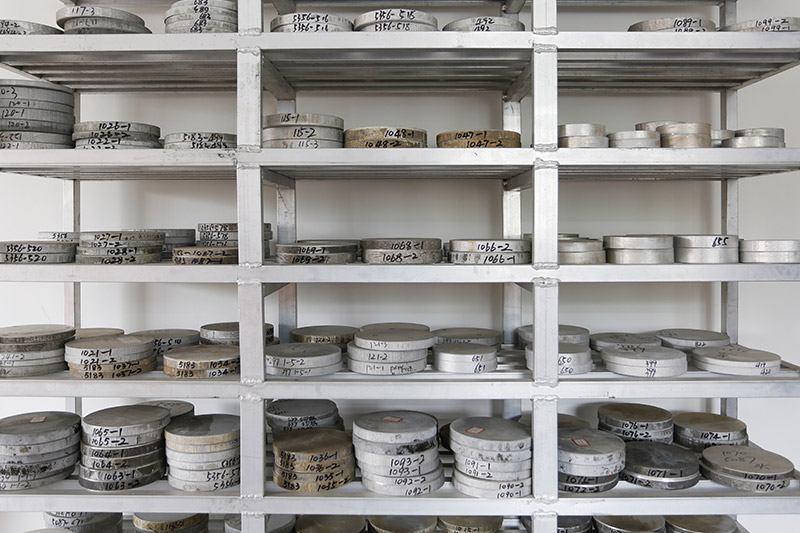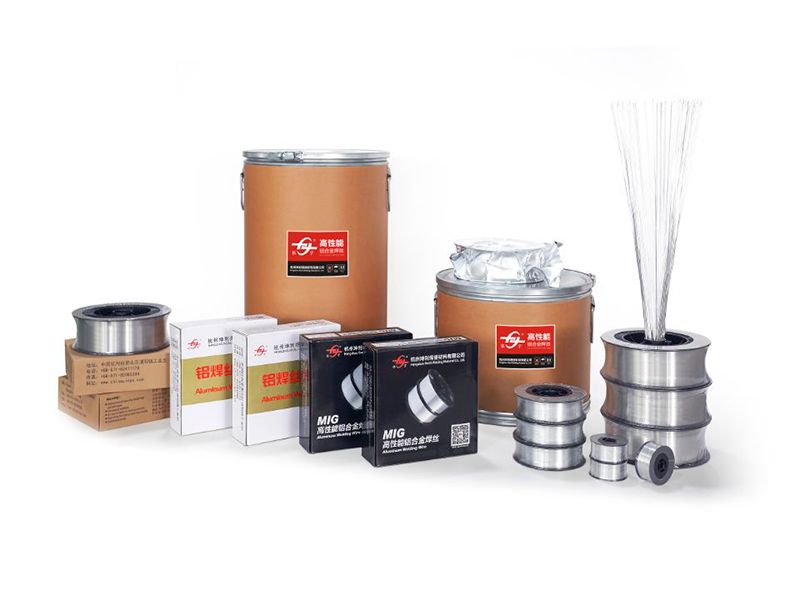Unraveling the Impact of Weave Density, Strands, and Wire Diameter on Aluminum Braided Wire Performance
Understanding the intricate details of material science is key to selecting the right components for any project. For engineers, electricians, and hobbyists alike, a seemingly simple product like Aluminum Braided Wire holds a world of performance-altering factors. The specifications of this versatile conductor—specifically its weave density, number of strands, and single wire diameter—dictate its electrical conductivity, flexibility, and shielding effectiveness. In this comprehensive guide, we'll dive deep into these critical characteristics, helping you make informed decisions for your next application. We’ll also touch on popular applications like aluminum braided wire for grounding and explore the best ways to terminate it, including aluminum braided wire crimp terminals.
The Role of Weave Density in Performance
Weave density, or the percentage of coverage a braid provides, is a fundamental characteristic of Aluminum Braided Wire. It directly impacts the wire's shielding capabilities against electromagnetic interference (EMI) and radio-frequency interference (RFI). A higher weave density means more complete coverage and, therefore, superior protection. Think of it like a protective shield; the fewer gaps, the better it protects. This is particularly important for sensitive electronic signals where a clear, uninterrupted transmission is essential.
High vs. Low Weave Density
- High Weave Density: Offers superior EMI/RFI shielding, excellent flexibility, and is often used in high-frequency applications. However, it can be more expensive to produce.
- Low Weave Density: Provides moderate shielding, is more cost-effective, but may not be suitable for environments with high electronic noise.
| Characteristic | High Weave Density | Low Weave Density |
| EMI/RFI Shielding | Superior | Moderate |
| Flexibility | Excellent | Good |
| Cost | Higher | Lower |
| Common Use Case | High-frequency signals, sensitive electronics | General purpose grounding, less critical applications |
How Strand Count and Diameter Affect Flexibility and Current
The number of individual strands and their diameter are crucial for determining the overall flexibility and ampacity (current-carrying capacity) of an Aluminum Braided Wire. A wire with a high strand count and a small single wire diameter is more flexible and resilient to repeated bending, making it ideal for dynamic applications. Conversely, a wire with fewer, thicker strands is stiffer but can sometimes handle higher current loads more efficiently due to less surface resistance.
The Balance Between Flexibility and Current
- High Strand Count, Small Diameter: This configuration yields a highly flexible wire. This is crucial for applications requiring tight bends or constant movement, such as robotics or certain types of vehicle wiring.
- Low Strand Count, Large Diameter: The wire becomes less flexible but offers robust mechanical strength and is often preferred for stationary power distribution or grounding. The larger surface area of the individual strands can also be beneficial in certain electrical contexts, a topic often discussed in ampacity of aluminum braided wire guides.
This balance is also critical when looking at **aluminum braided wire welding**, where flexibility is needed for handling the cable, but high current capacity is essential for the welding process itself.
| Characteristic | High Strand Count / Small Diameter | Low Strand Count / Large Diameter |
| Flexibility | High | Low |
| Current Capacity | Good | Excellent |
| Application | Robotics, dynamic wiring | Stationary power lines, grounding |
Choosing the Right Wire for Specific Applications
The final decision on which Aluminum Braided Wire to use comes down to the specific requirements of your project. If you're building a new power system and need a reliable, stationary ground, a wire with a lower strand count and a larger diameter might be perfect. For a robotic arm that requires constant, intricate movements, a highly flexible, high-strand-count wire is a must. These are the kinds of choices that influence the long-term reliability and safety of your system, especially when considering more specialized applications like aluminum braided wire for marine use.
Important Factors to Consider:
- Environmental Conditions: Will the wire be exposed to moisture, chemicals, or extreme temperatures? Aluminum's natural resistance to corrosion is a benefit, but a protective jacket may be needed for harsh environments.
- Voltage and Current: The required ampacity of the wire is a primary factor. A higher-strand-count wire can often handle the same current as a solid wire, but its flexibility is an added advantage.
- Mechanical Stress: Will the wire be subjected to repeated bending or vibration? A highly flexible wire with a high strand count is the best choice for this.
When selecting your wire, remember to also consider the terminals and connectors. Using the correct **braided wire lug sizing** ensures a secure and efficient electrical connection, preventing overheating and potential failure. Whether for a small hobby project or a large industrial setup, understanding these core principles will help you select the ideal Aluminum Braided Wire for your needs.
FAQs
Does Hangzhou Kunli welding materials Co., Ltd. produce high-quality aluminum braided wire?
Hangzhou Kunli welding materials Co., Ltd., a high-technology enterprise with over 20 years of experience, specializes in the research, development, and manufacturing of high-performance aluminum alloy wire. Our state-of-the-art equipment, complete testing facilities, and strict quality control ensure our products meet the highest standards. We have received numerous international certifications, including DB, CE, ABS, DNV, and CCS, and our products are exported to over 30 countries.
What types of applications are your aluminum braided wires suitable for?
Our high-performance aluminum braided wires are versatile and suitable for a wide range of applications. They are ideal for projects requiring aluminum braided wire for grounding and are used in industries like railway transportation (China CRRC), shipping (Maersk), and more. Their superior conductivity and durability make them an excellent choice for both stationary and dynamic applications.
How can I be sure about the performance of your aluminum braided wires?
Our products are a testament to our commitment to quality and innovation. We have strong partnerships with leading research institutions such as the Beijing Nonferrous Metals Research Institute and Central South University, which enables us to consistently improve our materials. Our aluminum alloy welding wire has successfully replaced imported products for major companies, proving its reliability and performance in demanding environments. This expertise extends to our braided wire products, ensuring they meet your specific needs for flexibility, conductivity, and strength.
NEXT:Aluminum Welding Wire ER5087: what it is and why fabricators are choosing it
Related Products
-
 View More
View More
5154 Aluminum Alloy Welding Wire
-
 View More
View More
ER4043 Silicon Aluminum Welding Wire
-
 View More
View More
ER4047 Aluminum Mig Welding Wire
-
 View More
View More
ER5154 Al-Mg Alloy Wire
-
 View More
View More
ER5087 Magnesium Aluminum Welding Wire
-
 View More
View More
Aluminum Welding Wire ER5183
-
 View More
View More
Aluminum Welding Wire ER5356
-
 View More
View More
ER5554 Aluminum Welding Wire
-
 View More
View More
ER5556 Aluminum Welding Wire
-
 View More
View More
ER1100 Aluminum Welding Wire
-
 View More
View More
ER5754 Aluminum Welding Wire
-
 View More
View More
ER2319 Aluminum Welding Wire
 English
English Deutsch
Deutsch
 English
English Deutsch
Deutsch



